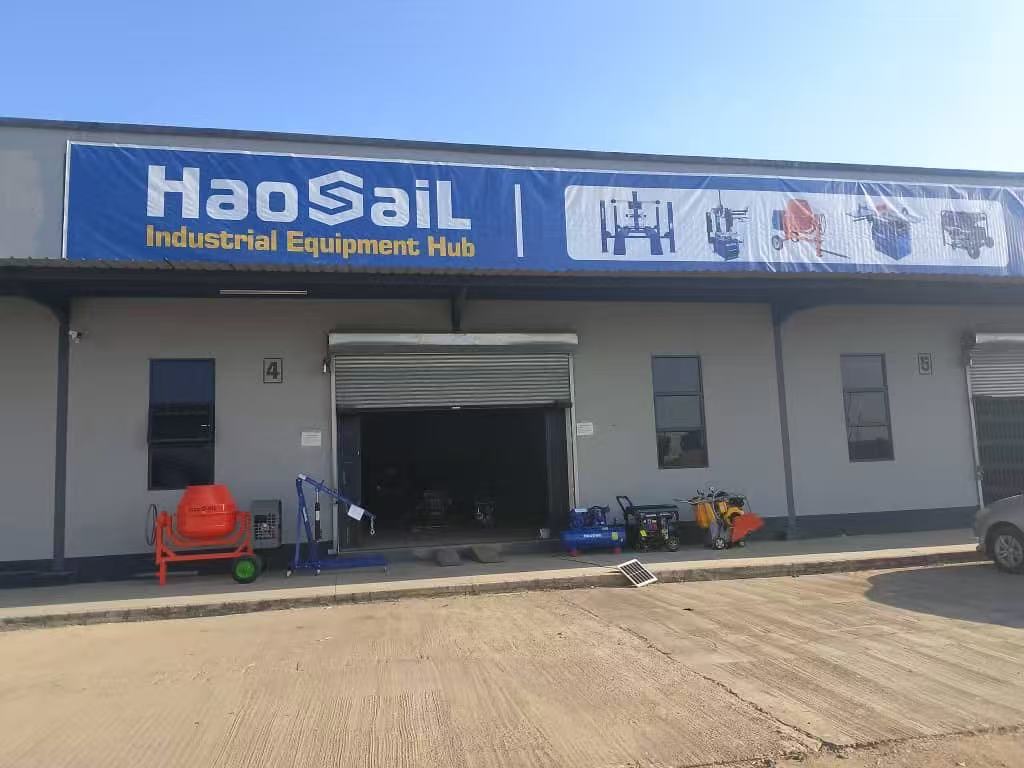
Aug 27, 2025
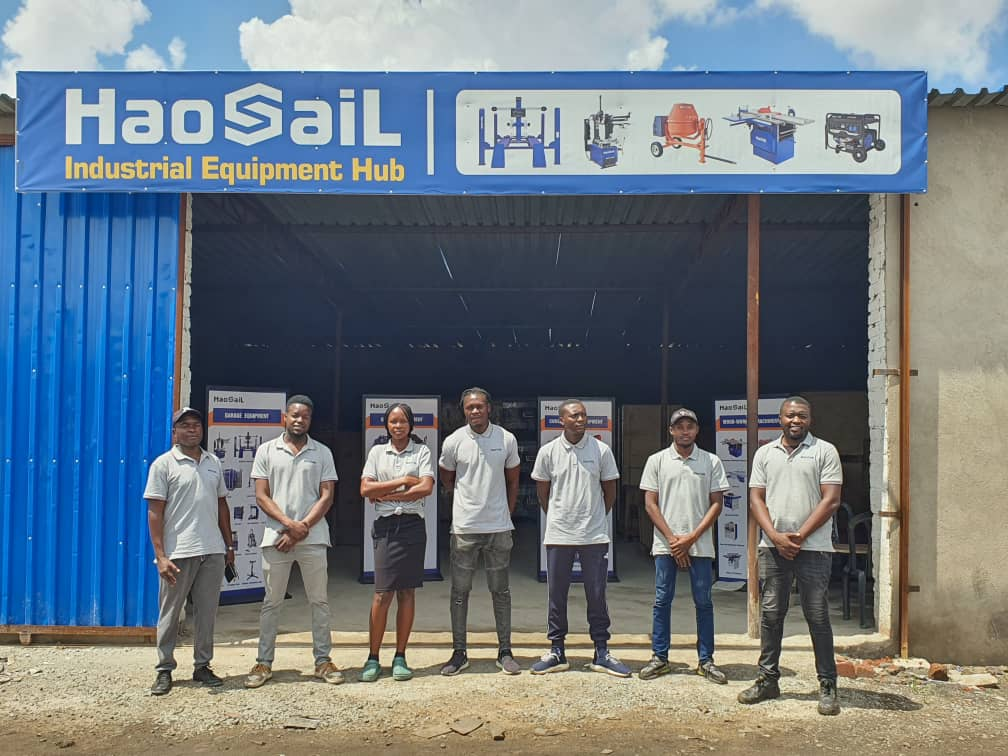
Aug 12, 2025
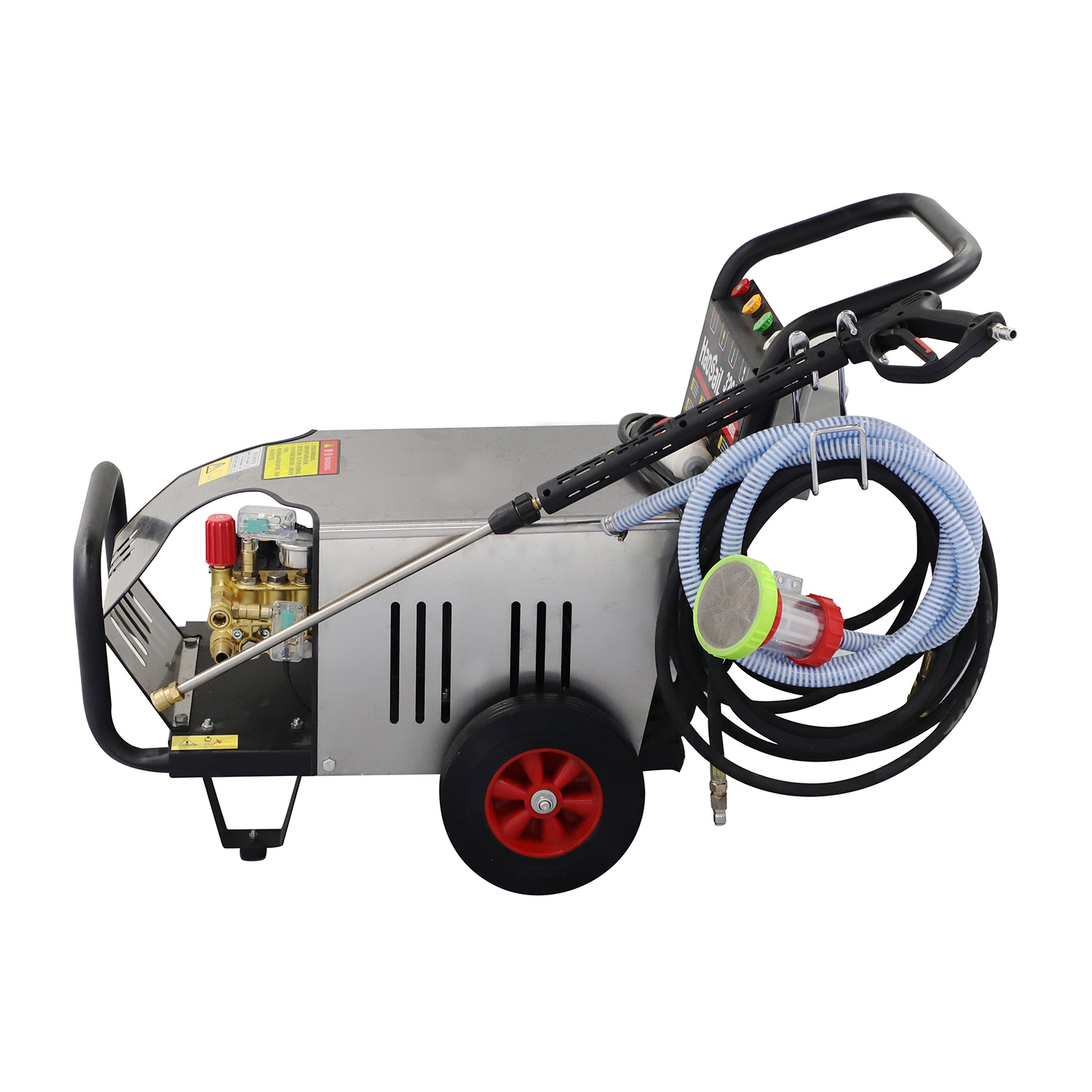
Jun 04, 2025
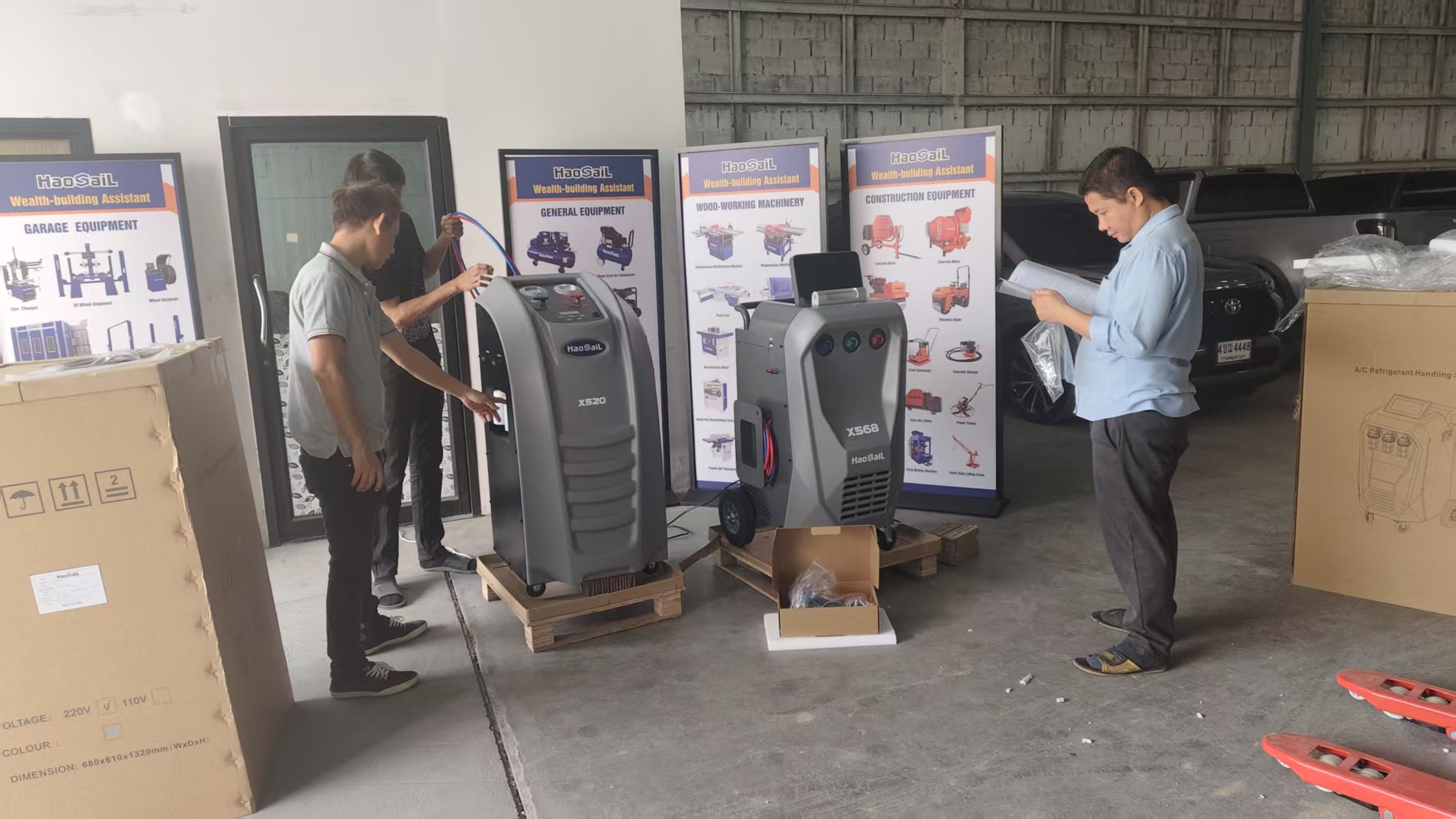
May 30, 2025
B4, Qingdao High-Tech Zone, No. 17 Songyuan Road, Qingdao.
+86 13864822549
High-pressure washer is versatile tools that use pressurized water to remove dirt, grime, and other contaminants from various surfaces. Here are some of the advantages and uses of High-pressure washer machines:
Advantages:
1. Efficiency: High-pressure washers can clean surfaces much faster than manual scrubbing. This saves time and labor costs.
2. Thorough Cleaning: The force of the water can reach into small crevices and remove dirt that may be difficult to clean by hand.
3. Environmentally Friendly: Many high-pressure washers use water more efficiently than traditional cleaning methods, reducing water waste. Some models also use less or no chemicals, making them more eco-friendly.
4. Versatility: They can be used for a wide range of cleaning tasks, from cleaning cars and driveways to industrial equipment and graffiti removal.
5. Longevity: Regular High-pressure washer can extend the life of surfaces by removing dirt that can cause wear and tear.
6. Cost-Effective: While the initial investment may be higher than traditional cleaning methods, the long-term savings in labor and cleaning supplies can offset the cost.
7. Safety: High-pressure washers can remove mold and mildew, contributing to a safer and healthier environment.
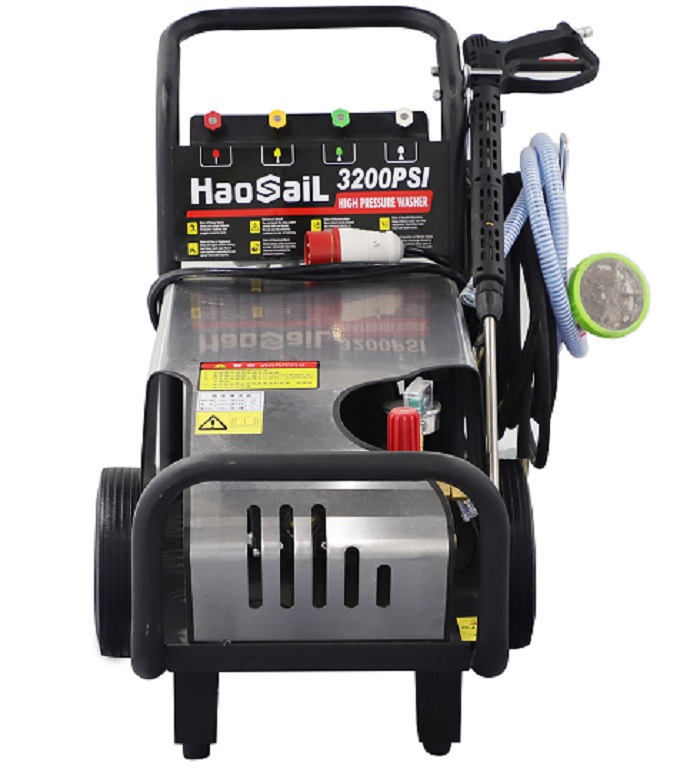
Uses:
1. Automotive Cleaning: They are excellent for cleaning cars, trucks, motorcycles, and other vehicles, removing dirt, grease, and grime.
2. Home Maintenance: Power washers are used to clean siding, windows, decks, patios, and driveways.
3. Industrial Cleaning: They are essential in industries for cleaning machinery, equipment, and floors, ensuring a clean and safe working environment.
4. Graffiti Removal: High-pressure washers can effectively remove graffiti from walls and other surfaces without damaging the underlying material.
5. Mold and Mildew Removal: They can be used to clean areas affected by mold and mildew, which is especially important in damp areas like bathrooms and basements.
6. Pavement Cleaning: Sidewalks, parking lots, and other paved areas can be cleaned to remove oil stains, gum, and other stubborn dirt.
7. Construction Site Cleaning: After construction, high-pressure washers can be used to clean building exteriors, tools, and equipment.
8. Agricultural Use: They can clean farm equipment, remove pesticide residues, and clean livestock housing.
9. Boat Cleaning: High-pressure washers are used to clean the hulls and decks of boats, removing salt, algae, and other marine growth.
10. Food Processing Plants: They ensure cleanliness in food processing facilities by removing food particles and sanitizing surfaces.
In summary,High-pressure washer machines offer a powerful and efficient way to clean a variety of surfaces and are an indispensable tool for both home and industrial use.
1. Water Source: Ultra-high pressure washer machines must use water sources free of impurities and without large particulate pollutants. Regularly replace and inspect the filter nets.
2. Power Supply: These cleaning devices have high power ratings, so the wires used should not be too thin. A 50 square copper wire is required, and if the power cord is extended, a 75 square cable copper wire should be chosen. Be sure not to reverse the wiring, as the motor has forward and reverse rotation. If the light does not light up and the machine does not start, pay attention to the wiring.
3. Daily operation of the High pressure washer machine requires two people to work together, which is not allowed to be operated by one person, and the work efficiency is higher.
4. Before starting the machine, it is essential to ensure that the pressure relief valve is in the released position. Do not step on the foot valve first. Always start the pressure pump to increase pressure, then start the main pump. After both are started, adjust the pressure.
5. When adjusting the pressure, do not rush. Slowly adjust the pressure to meet the cleaning requirements. Do not use too much pressure, as it may damage the machine. Once the pressure is set, fix the equipment pressure before starting work.
6. After use, turn off the machine. First, adjust the pressure. If the pressure does not drop, the stop valve may become stuck. Then turn off the main pump and the pressure pump, and finally turn off the power supply.